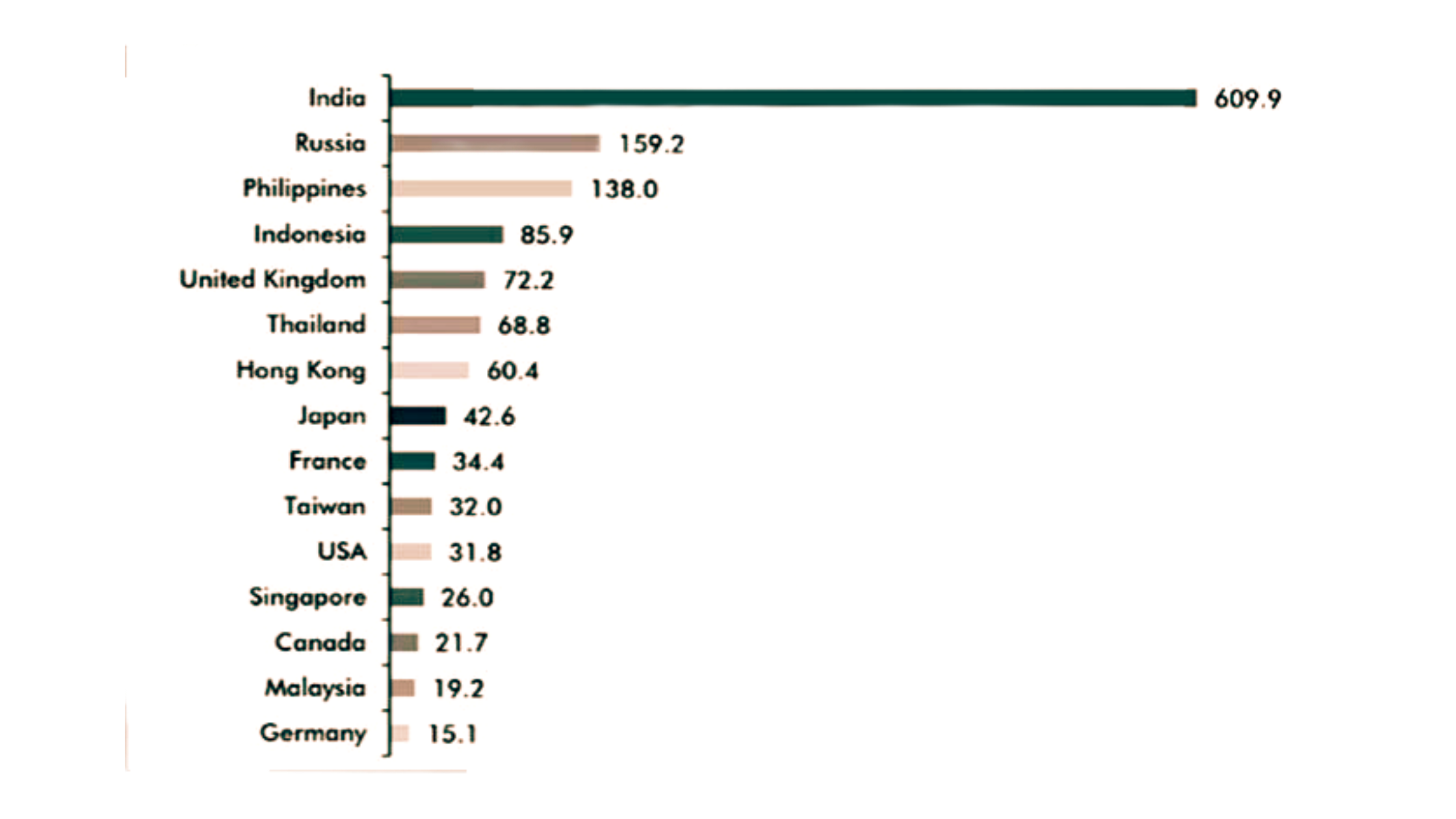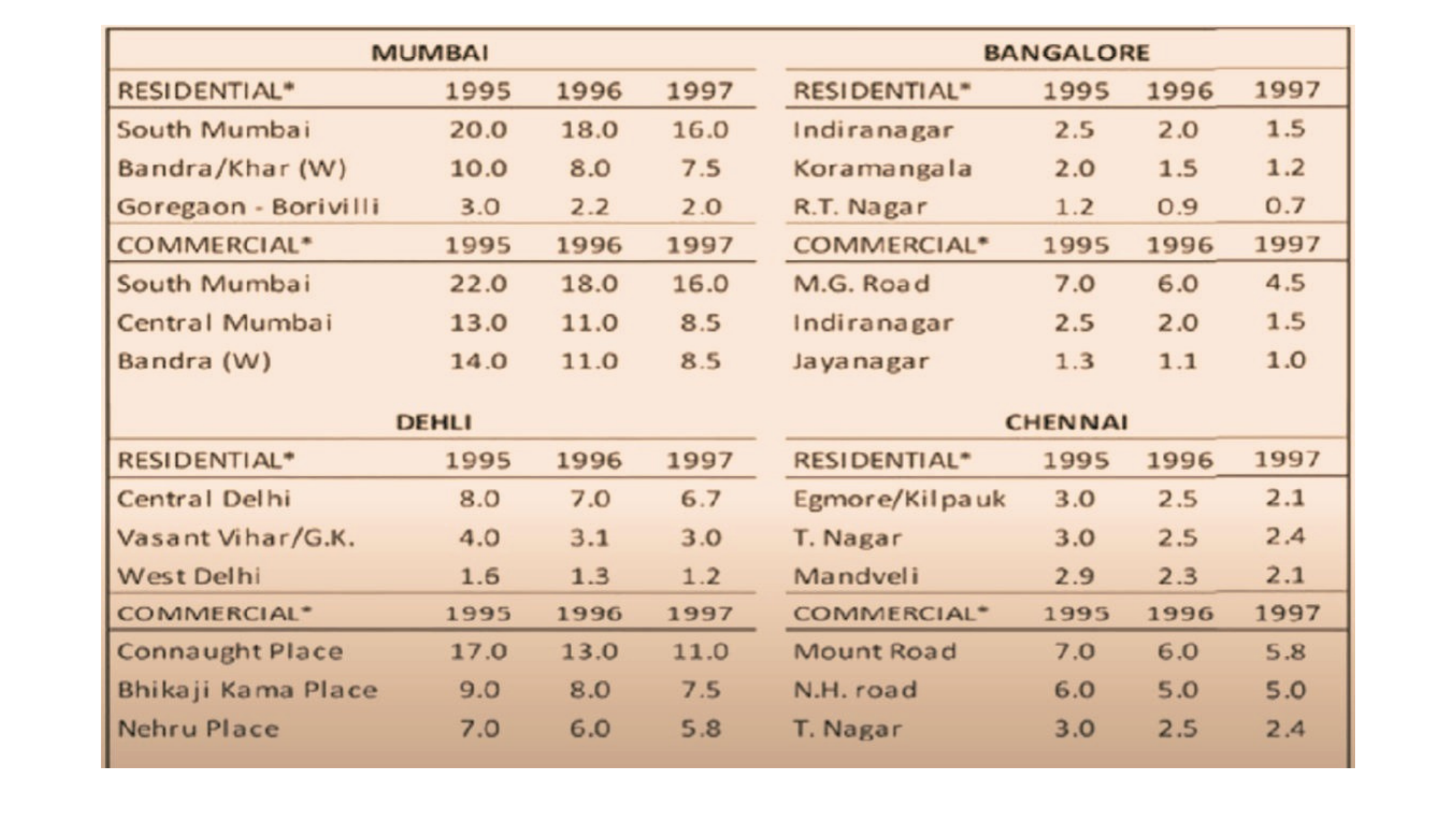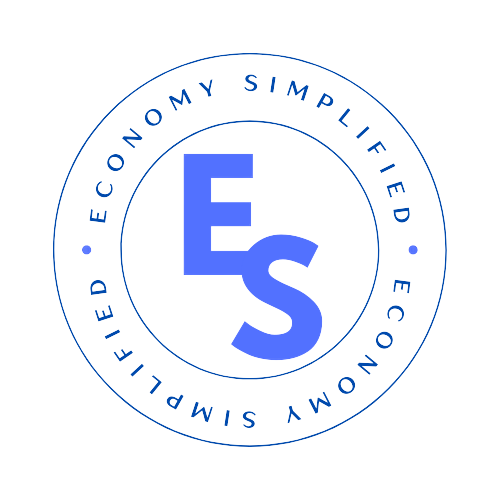Coffee Can Investment Book Summary
“Coffee Can Investment” is one of the best books related to investment which is “The Low-Risk Road to Stupendous Wealth” written by Saurabh Mukherjea.
He is the founder of the chief investment offer of Marcellus investment manager. He had completed his education at the London School of Economics also He is Co-Founder of Clear Capital and CEO of Ambit Finvest
The Coffee Can Investment Eight Chapter
- Mr.Talwar’s Uncertain Future
- Coffee Can Investment
- Expensive Matter
- The Real Estate Trap
- Small is Beautiful
- How patience and Quality Intertwine
- Pilling it all together
- Designing your own financial Plan
Let’s Discuss them all one by one

1. Mr.Talwar’s Uncentain Future – Coffee Can Investment
In this chapter of Coffee Can Investment writer shared 2 persons’ real-life investment stories,
One is the Talwar family &
The second one is the Sanghvi family.
Mr.Yogesh Talwar was Sr. Executive of Multinational Company. In 1999 He purchase his own house through lots of promotions and appraisals he also got able to buy lots of properties, FDs, and a few Stocks
In that era Stock investment only meant Trading. Most people sell the stock when the market moves up, without understanding due to heavy brokerage they hardly get some profit throughout.
In 2000 when “Bull Run” came into the market their investment have taken faces of great profit, especially in Real Estate, Because of that Yogesh started thinking that He become a millionaire, and Looked around the market.
Mr. Talwar had Purchased one more property which is more luxurious than the previous one and also more towards trading.
Then in 2008 Stock market crash appeared where NIFTY decreased by 5% Due to this crisis Mr.Talwar sell his all stock and virtual investment and Because of it they started facing a lot of loss.
But his point of view was “My asset is mostly in real estate so they are defiantly going to grow” So, He decided to never invest in stock and focus on Real estate hence he started doing that.
In 2013 new problem occurred was all Real Estate investments came into a crisis named (“Real Estate Crises”) where all the over-cost property values fell down and builders were not able to complete their projects due to decreases in demand and less capital.
This mostly affects Mr.Talwar cause the luxury property purchased at inexpensive rates the property’s rate was fallen down to 30-40% this was the situation was there from 2013 to 2017 which caused great loss to Yogesh in real Estate as well as stocks.
So, Now only FDs, some amounts of gold, and some Insurance policy had left on a name of investments also he was in his 50s stage and planning for Retirement after 10 years.
While thinking this He assumed they have 30 years left of their life with him and his wife. And if they didn’t compromise in their lifestyle then they need 30 lakhs annual basis which will be 9 crores for these 30 years. But they had a question that how this 9 crores will going to generate by them.
Now about Mukesh Sanghvi, He was the owner of Exile Manufacturing company which is the oldest manufacturing company in that era so, throughout decay they were rich. He had almost invested 25 crores in Commercial property, Gold, FDs, and Stocks and some crores by liquidation.
Because the competition was so high Due to cheap labour in Bangladesh and some taxes.
Mukesh’s company started facing a strong hit of loss cause of these financial crises so Mukesh started getting worried about how he will survive and complete his personal expense, His annual expense was 2 crores and He realize that he need min 50 crores in future for Retirement.
Mr.Sanghvi had also invested in stocks and real estate But because of 2008 and 2013, he too faced a great loss So, they both meet the person named Nikhil who was the Sr. Relationship manager of a big firm, First of all, Nikhil started calculating their both’s network.
Mr.Talwar’s Networth was 4 crores 51 lakhs and then he put his all investment into a graph and calculate their returns Nikhil got to know that Mr.Talwar‘s average returns since 27 years were only 4%.
Nikhil asked him about his long-term goals and capital to fulfill needs on the bases of that, Mr.Talwar had made average demand of 4 to 5 crores. Nikhil suggests he invest in Equities which creates more profit than the other following terms which he had used till now.
He also said about Mr. Talwar’s 2 major mistakes because of that he only got 4% of returns
a. He never invested in the Long term, His average holding period was of 4 months.
b. He always tries to time the market means when the market starts growing then he purchases a stock and when the market starts falling he sells his stocks.
Nikhil suggest Mr.Talwar invest in equities and hold for a long time which was going to provide him with 15.8% of returns by Sensex and as same, and He suggested the same to Mr. Sanghvi.
Key Lessons from This Chapter of Coffee Can Investment:
I. As an investor you have to make your Financial Goals and Estimate including Inflation price to know how much capital you need to achieve your financial freedom.
II. Do not Lay mostly into Old/Traditional Investment Strategies like Gold, FDs, or Real Estate investment plans Either they need to do Diversification and invest in equities cause it provides more consistent results
III. Investors should Develop Skills and Patience and follow the system nither considering quick and heap tricks so they can tackle brokerage and other penalties.
2. Coffee Can Investment Portfolio – Coffee Can Investment
It is the most important chapter in the book Coffee Can Investment, Capital Group which is based in Los Angelus. It is the world’s Largest asset Company in the 1960’s they open a trust named Capital Guardian Trust Company which had a mission to manage the world’s richest person’s portfolio.
Robert Corbey join this company in 1965 in the post of an Investment Manager and he is the person who inverted the Coffee Can concept.
How does the concept of the Coffee Can Investment Portfolio come?
Robert shared an incident with his client. When Robert gives a call to his client to buy or sell any shares then his client’s husband takes it in a serious manner.
But after some time He started ignoring recommendations for shares buying & Selling given by Robert.
After 10 years the portfolio of his client’s husband performed very well than other of Robert’s clients Because of long-term holding his client’s portfolio grew to more than 8 million US dollars in 1984 So Robert named it “Buy and Forget Investment Strategies”.
When the Banks were not present in America. People were saving their Important thing & Money in a Coffee can for emergency purpose Hence in a “Coffee can portfolio” when a person buys a stock and hold it for longer durations.
If we design it in the Indian context then it is a very straightforward strategy where you have to buy 10-25 high-quality stocks and you have to forget about it.
Now there is a question that which stocks you have to pick up for this. The coffee can portfolio has some basic filter that helps to choose any stocks. There are 7000+ Listed companies in the market so first of all, you have to choose the companies with the following Filters.
Filter 1. The company who have a minimum market capitalization of 100 crores.
Filter 2. Then check the companies who had grown more than 10% in sales in 10 years
Filter 3. Return on capital employed, which means the companies who had grown with capital for their employed with 15% in 10 years.
Filter 4. Company‘s Brand Value.
Filter 5. The Company’s Competitive Advantage
Here one more concept is also important for all investors. As an Investor, you have the primary goal is to reduce the risk for stock so the investments must be done after checking the fundamentals of a company.
In a List there will be a company that performs on average, some will fall down but some companies will carry the potential that can make you rich. There will be a more probability of growing more because of the long-holding strategy.
Key Lessons from Coffee Can Investment Portfolio:
I. Stock Markets are not that complicated strategies in fact it is the easiest way to earn more profit on your investment.
II. Here we learn about Coffee Can Portfolio through that you can hold 10-25 stocks that can make you rich.
III. We learn how CCP (Coffee Can portfolio) makes you fundamental strong which helps you to get low-risk shares and have a high return
3. Expensive Matter – Coffee Can Investment
In this chapter of Coffee Can Investment, correlates with Benjamin Franklin‘s famous quote “Beware of little Expenses. A small Leak will sink a great ship” where leak means Expenses locally.
We have 3 types of expenses
- Transaction fees,
- Annual Fees and
- Hidden Fees.
The first is Transaction fees also known as Brokerage Fees where you pay fees for every transaction of your stocks mostly from 0.05 Rs to 20 Rs.
The second is Annual Fees here you pay a fixed annual fee no matter whether the return amount is more or less.
Third, Hidden fees it’s mainly taking place in Insurance related terms when the buyer doesn’t have time or sometimes they don’t have that much knowledge about fees and charges terms.
The author says “The biggest problem is expenses compound with time”.
For example, If you had purchased a fund with a 2.5% of Expense Ratio and one with a 0.01% of Expense Ration with 15% of Gross Return.
If you stand by your funds for 15 years there will be charges of 2.5% and 0.01% of brokerage charges annually so it will decrease your profit margin cause annual brokerage fees is also compound therefore author says not to focus on gross returns always make focus on net returns. Through which you can get more profits.
Key Lessons from Expensive Matter :
We learn how to avoid our expenses and how to get more returns also make sure to check your mutual fund’s expense ratios before investing.
4. The Real Estate Trap – Coffee Can Investment
In this chapter, the author discusses why real estate is a big trap for Indians.
They had given 4 major Problems while investing in real Estate
1. Investment Size
The cost is always high by other investment plans you can start investing through 500rs but you can’t buy the property with 500rs so everyone can’t buy this easily.
2. Liquidity
You can lower your stocks whenever you want but as same, cannot be done with your property. Liquidity means getting money whenever you want and it is not possible to sell a property as quick as a stocks
3. Transaction Cost
There is a loss of capital wasted just for validating properties such as stamp duty, Agent fees, and loan charges.
4. Non-Standard Asset / Local issues
If you have a share or a stock it has the same rate wherever you buy or wherever you sell but properties play differently your property rate will change as per location, values and etc
After having this all issue then too via RBI household committee reports 2017 says that only 5% of people invest in Financial assets, 11% in Gold, 7% in Durable Goods, and 77% people do in Real estate.
In1990s when the real Estate crisis appeared over that time people booked Huge Losses.
Key Lessons from The Real Estate Trap:
a) Real Estate gives less Return than Equity (all over the world)
b) Real Estate has other expensive additional expenses compared to equity


5. Small is Beautiful – Coffee Can Investment
In this Chapter of Coffee Can Investment, Author discussed getting more profits in small companies also Known as small-cap companies. Small-cap Companies outperformed Big companies.
They have more potential than others, Big Companies already created their brand value through this exponential growth is quite difficult whereas in this place small-cap companies work on their improvements as they receive capital.
Investing in small caps is risky but they can give you a huge no. on profits.
6. How patience and Quality Intervene – Coffee Can Investment
In this chapter of Coffee Can Investment, the writer had spoken about why an investor needs to carry the skills of patience and maintain it.
The investor doesn’t need to keep on constant buying or selling off the equity, He/She needs to give time for the investment to grow so as to get complete advantage of Compounding.
7. Pulling it all together – Coffee Can Investment
Every investor needs to have a financial plan for his/her life goals and also Equity and Debt making a balance where 80% in Equity where there are risks and appropriate and the Rest 20% in debt where the risk is low.
8. Designing your own financial Plan – Coffee Can Investment
This is the last chapter of the Coffee Can Investment book, In this last part author tried to explain how to make a proper financial plan and its steps.
3 Steps to Make a proper Financial Plan:
a) Calculate your current net worth.
b) Current inflow and outflow of cash.
c) Mention your goal and completion Dates.
Through this, the author provided a statics division of capital investment plans. He mentions that investors need to put
- 25% in ETFs,
- 20% in CCP (Coffee Can portfolio),
- 20% in Goods and Clean portfolio, and
- 30% in Mutual Funds.
Through this, a person can easily achieve their all goals and They can get approx 15% of returns.
Summary – 3 Best Investment Skills to Learn
To Summarize the Book Coffee Can Investment book in 3 Points we can say that,
- Invest for Long Term in High-Quality portfolios (Small-cap stocks).
- Don’t Invest a lot of money in Real Estate & Gold.
- Avoid Unwanted Expenses
That’s it all about Coffee Can Book.
Don’t Forget to Read the Complete Book to Know more About Coffee Can Investment.
What is The Real Estate Trap in Coffee Can Investment
1. Investment Size
2. Liquidity
3. Transaction Cost
4. Non-Standard Asset / Local issues
3 Best Investment Skills to Learn from Coffee Can Investment
1. Invest for Long Term in High-Quality portfolios (Small-cap stocks).
2. Don’t Invest a lot of money in Real Estate & Gold.
3. Avoid Unwanted Expenses
3 types of expenses from Coffee Can Investment
1. Transaction fees are also known as Brokerage Fees where you pay fees for every transaction of your stocks mostly from 0.05 Rs to 20 Rs.
2. Annual Fees here you pay a fixed annual fee no matter whether the return amount is more or less.
3. Hidden fees it’s mainly taking place in Insurance related terms when the buyer doesn’t have time or sometimes they don’t have that much knowledge about fees and charges terms.
Coffee Can Investment – The Low-Risk Road to Stupendous Wealth Book Summary
Coffee Can Investment– written by Saurabh Mukherjea. Explains About the Various Investment Avenues and Opportunities, 3 Lessons to learn are 1. Invest for Long Term in High-Quality portfolios (Small-cap stocks).
2. Don’t Invest a lot of money in Real Estate & Gold.
3. Avoid Unwanted Expenses
The book is Engaging and this Book will surely Enlighten your View on Investments
How many Chapter are there in Coffee Can Investment Book
There are in total of 8 Chapter in this Book
1. Mr.Talwar’s Uncertain Future
2. Coffee Can Investment
3. Expensive Matter
4. The Real Estate Trap
5. Small is Beautiful
6. How patience and Quality Intertwine
7. Pilling it all together
8. Designing your own financial Plan
Also, Read
Top 5 Investment Strategies – Smartly Invest your money





[…] What is Coffee Can Investment – 3 Best Investment Skills to Learn […]